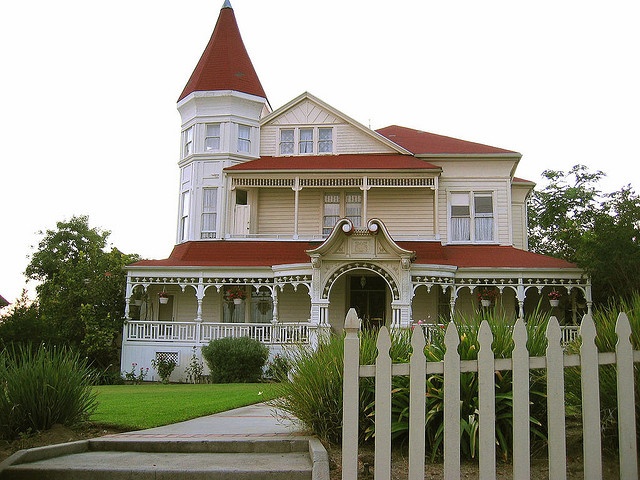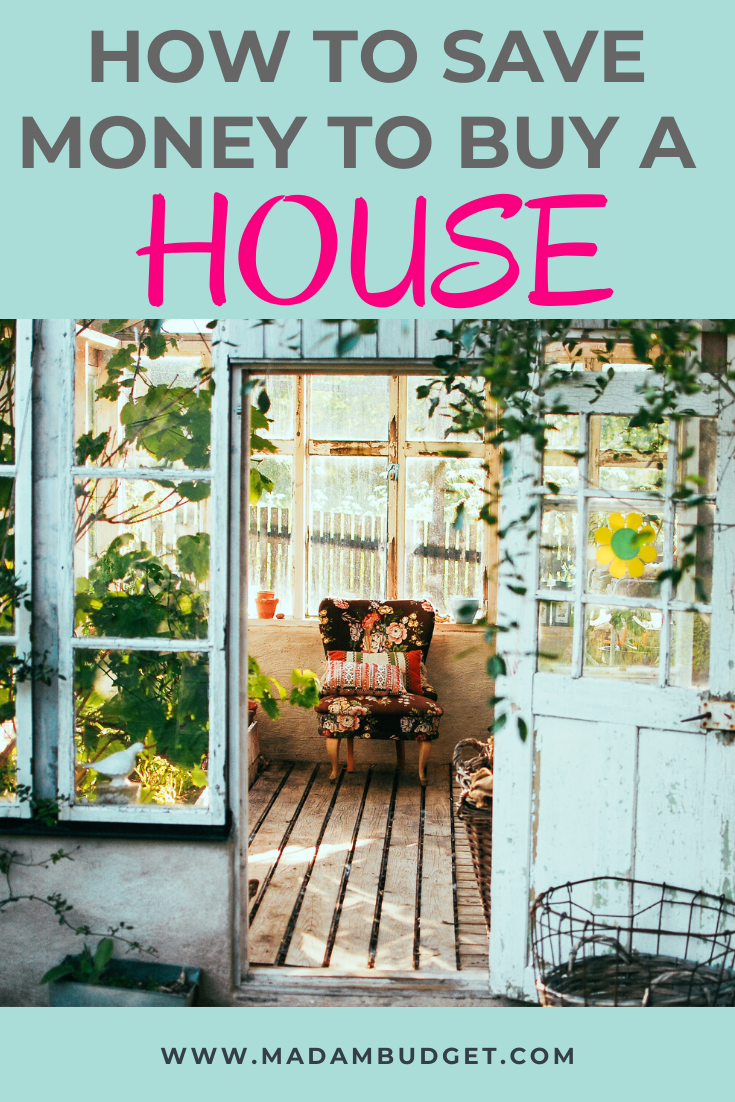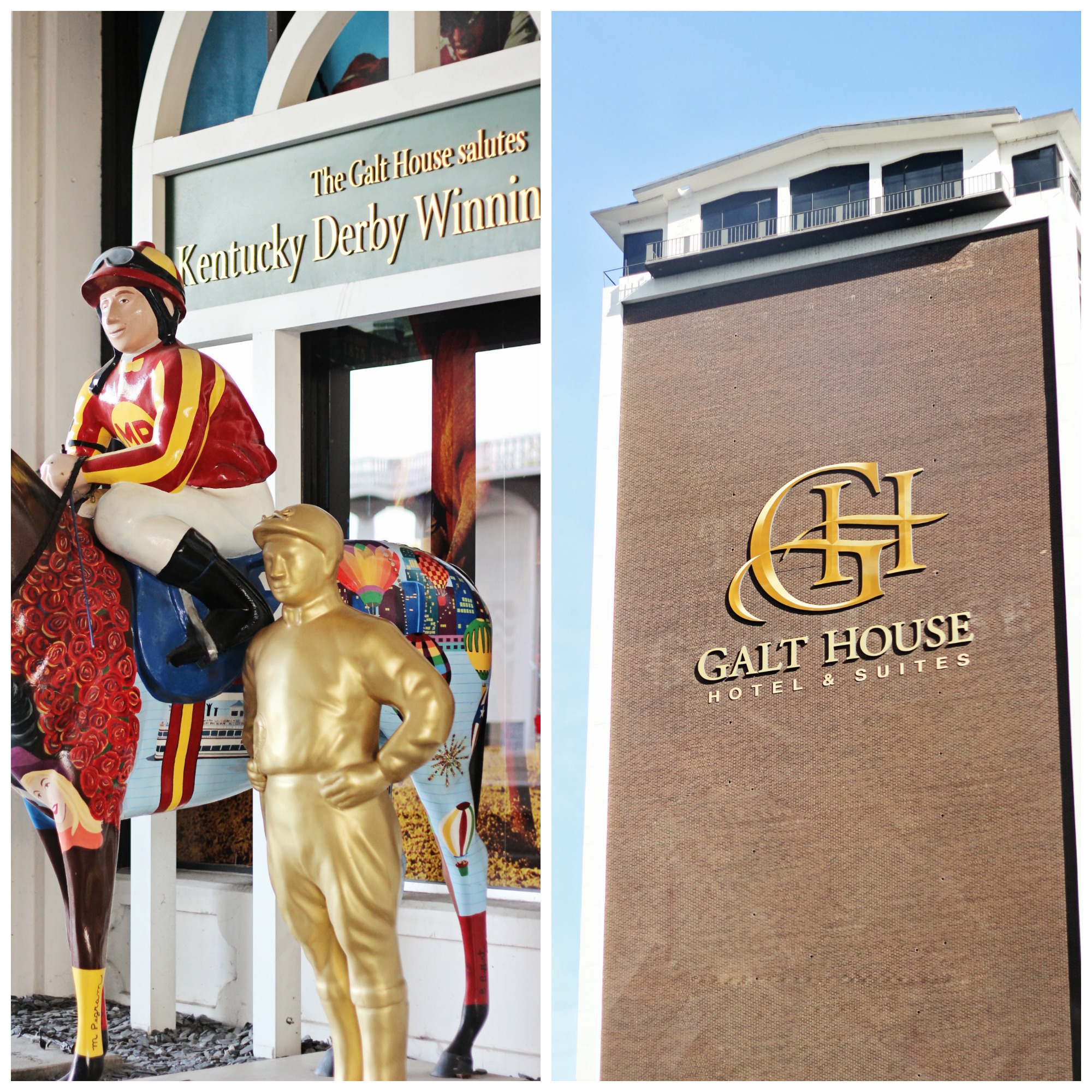Table Of Content
Victorians come in all shapes and sizes.To see more Victorian house plans try our advanced floor plan search. "[Both Queen Anne and Italianate] have the ornate dressings, such as wall textures and grandeur trim, that make them feel like gingerbread houses," Mize says. While this style originated in the early 1800s, it became common in the United States during the second half of the century. Mize adds that Italianate versions more closely resemble villas from their namesake country. They have more of a rectangular structure, and they feature narrower windows and columns that are "all ornately adorned with trim, complementing the design scheme throughout." Early examples are unmistakably English, borrowing such details as half-timbering and carving from 17th-century architecture.
Gothic Revival
The cast-iron firebox cover features a Victorian woman with a parrot and a dog. The first American Queen Anne house is probably the half-timbered Watts–Sherman House in Newport, Rhode Island, built in 1874 by Boston architect H.H. By 1880 the style appeared in pattern books—Americanized and adapted for city lot and simple cottage.
Victorian houses: get to know your period home's design
Formal areas like parlors, libraries, and dining rooms contrasted with more intimate spaces like bedrooms and nurseries. This room differentiation was highlighted through architectural detailing like raised decorative wall panels, ceiling medallions, and elaborate crown molding. The rooms were then filled with heavy wooden furniture, patterned rugs, draperies, and cluttered decorative objects. A primary tenet was asymmetry and verticality, contrasting the rigid horizontality of Georgian classicism. This manifested in steep roofs, towers, gables, and spires stretching buildings upward.
What are the different types of Victorian houses?
He manages quality assurance, audits existing processes for maximum effectiveness, and develops strategies to increase productivity and efficiency. With over 15 years experience in the home design industry, Brandon has a hand in every aspect of the day-to-day operations of our company, in addition to ensuring an unparalleled level of service to our customers. Historic Environment Scotland has a wonderful guide covering tiled floors, offering insights into common issues found, and various approaches to repair and restoration. While black is the prevalent colour today for ironwork, the Victorians originally used bolder colouring, like red oxides, greys, bronze greens, blues, or even polychromatic – black schemes only occurred in the 20th century. Cast-iron railings and gates often form an integral part of a Victorian street and should be treated with the same care and consideration as the main home, with regular checks and maintenance to avoid issues like corrosion.

The standardisation of materials and improved transport networks led to more unified approaches to design, less limited by local vernacular. In the Victorian era, Britain experienced a period of great growth and building, as people flocked to industrial centres in search of work. Suburban developments were widespread with the 'villa' now becoming a term for ever smaller homes. If you are lucky enough to own a Victorian house, then you are the guardian of a piece of design history.

However, due to being weak in tension, these materials were effectively phased out in place for more structurally sound steel.[2] One of the greatest exponents of iron frame construction was Joseph Paxton, architect of the Crystal Palace. Paxton also continued to build such houses as Mentmore Towers, in the still popular English Renaissance styles. New methods of construction were developed in this era of prosperity, but ironically the architectural styles, as developed by such architects as Augustus Pugin, were typically retrospective. It’s the iconic architecture—the gable roofs, gingerbread trim, and bay windows—that makes a Victorian house Victorian.
Richardsonian Romanesque Style
While Victorian homes tend to be larger, the bedrooms and closets tend to be smaller, which may be an issue for those looking for storage space. Understandably, the focus on verticality and on two or three-story properties had a major impact on the layout of Victorian homes. This meant that, while rooms could be stacked atop one another in a sense, there was a limit on the footprint of the home and thus on the size of the rooms — those spaces were cozy and more confined than a modern homeowner may be used to. However, many modern renovations of Victorian homes involve knocking down walls and opening the space up, proving it's certainly possible to get that airy, open-concept feel, even in a space with relatively smaller rooms or a limited footprint. This excess of architectural detailing wasn't just because it was the fashion, although that likely played a role.
In Australia, an Old Victorian With a Moody Modernist Vibe - The New York Times
In Australia, an Old Victorian With a Moody Modernist Vibe.
Posted: Tue, 23 Jan 2024 08:00:00 GMT [source]
King works to restore Victorian home News, Sports, Jobs - The Sentinel - Lewistown Sentinel
King works to restore Victorian home News, Sports, Jobs - The Sentinel.
Posted: Tue, 19 Mar 2024 07:00:00 GMT [source]
In the United States, 'Victorian' architecture generally describes styles that were most popular between 1860 and 1900. A list of these styles most commonly includes Second Empire (1855–85), Stick-Eastlake (1860–c. 1890), Folk Victorian (1870–1910), Queen Anne (1880–1910), Richardsonian Romanesque (1880–1900), and Shingle (1880–1900). As in the United Kingdom, examples of Gothic Revival and Italianate continued to be constructed during this period and are therefore sometimes called Victorian. Some historians classify the later years of Gothic Revival as a distinctive Victorian style named High Victorian Gothic. Stick-Eastlake, a manner of geometric, machine-cut decorating derived from Stick and Queen Anne, is sometimes considered a distinct style.
Rather, because the Industrial Revolution brought about advances in machinery and in things like steam-powered sawmills, as Brick and Batten explains, tasks formerly done by hand could now be completed in a more efficient, cost-effective manner. This made some of the architectural ornamentation accessible to more individuals, hence why it began popping up on more and more homes. In deprived areas, Victorian houses were often very small, for example, back-to-back houses built in extremely cramped conditions. Some smaller, two-up two-down houses still survive, for example in Salford, Greater Manchester.
This sped up construction and made more elaborate ornamentation affordable to more buyers. Glass and wood production advances enabled large windows and expansive porches. The Gothic Revival represented a reaction against the previous Georgian and Regency architectural periods, which proponents felt were too rigid and formulaic. Gothic Revival reintroduced asymmetry, verticality, and references to medieval cathedrals and churches for visual drama. Lastly,, as industrialization accelerated, the Arts & Crafts movement developed in opposition as well. Led by figures like William Morris, Arts & Crafts reclaimed pre-industrial craftsmanship and techniques while rejecting Victorian-era ornamentation.
Photos of the house at its original location show a mansion high on a hill, lined by magnificently landscaped trees. This delightful 1886 Pasadena home is a charming example of the Folk Victorian style of architecture. These dollhouse like houses were much more functional than most Victorian styles, with family-friendly, regular floor plans and a lack of ornamentation—perfect for hardworking, everyday people. Its original owner was onetime Monrovia mayor William Pile, who reached the rank of general during the Civil War. Today, it remains just one of the many gems of architecturally rich Monrovia, with an interior boasting ornate woodwork, multiple fireplaces, and a dramatic staircase.
Arts and crafts principles translated into simpler, hand-crafted elements within some Victorian buildings. In America, Victorian architecture morphed into stick-style architecture by incorporating plain wood cladding with thin, vertical wood strips applied decoratively over structural framing. Victorian architecture’s mass production methods and revivalist nature also influenced the Colonial Revival movement. Colonial Revival adapted Victorian asymmetry, textures, and details to resurrect early American Georgian and Federal aesthetics, especially for porches and doors. Victorian architecture is a series of architectural revival styles in the mid-to-late 19th century. Victorian refers to the reign of Queen Victoria (1837–1901), called the Victorian era, during which period the styles known as Victorian were used in construction.
Improvements in casting meant even the simplest of homes would now have decorative railings or gates. The sheer quantity of Victorian houses can make understanding their architecture and design overwhelming, as both new and old styles, with new techniques, were appearing simultaneously. Despite this, just under a third of all listed buildings date from the 19th century. The Victorian house style began under the reign of Queen Victoria in England. In Britain, the design and makeup of Victorian homes came after the Industrial Revolution, allowing for massive production increases in everything from machinery and steam engines to brick and mortar construction. Inside, it’s common to see high ceilings and walls with irregular shapes (sorry for those applying wallpaper), with closed-off rooms and added nooks.
Victorian-style homes may sound old-fashioned, but despite the features that mark them as such, these homes can be styled in a multitude of ways that make them feel unique and personalized. We spoke with home design experts Thomas Jepsen, CEO of Passion Plans, and Jaye Anna Mize, VP of the home and interior design space for Fashion Snoops. Phillip Ash, founder of Pro Paint Corner, and Sarabeth Asaff South, former interior designer and home design expert at Fixr also weighed in on the home's signature characteristics. The open-air Heritage Square Museum features architecture from the 100-year period between 1850 and 1950. As L.A.’s population boomed in the 1960s, many of its 19th-century buildings were demolished with the rapid urbanization that took hold.











